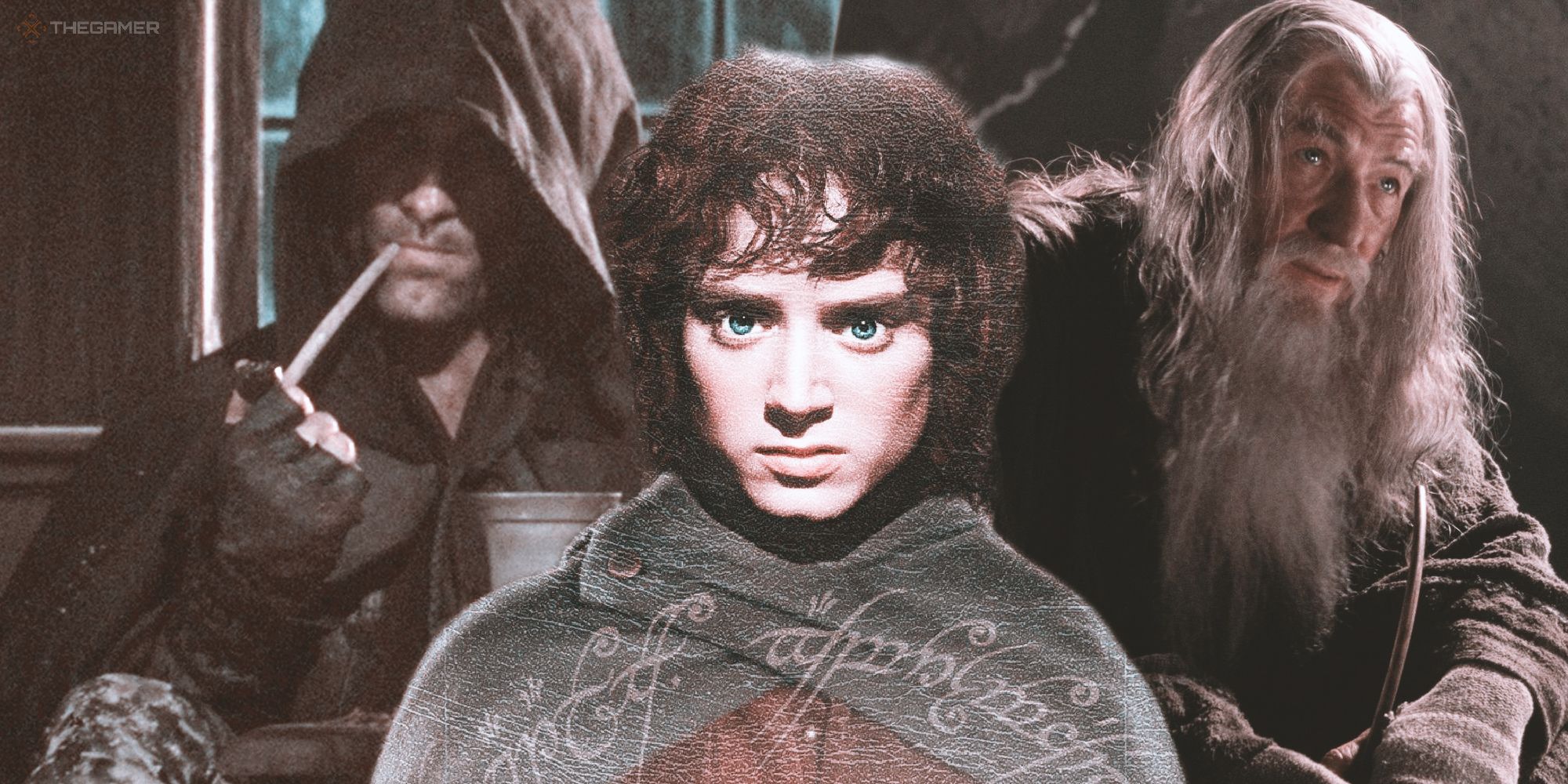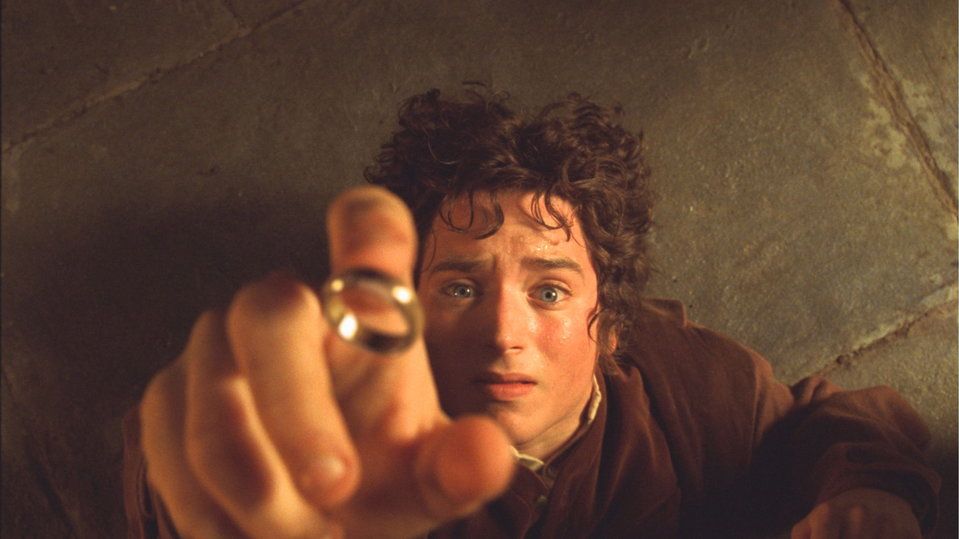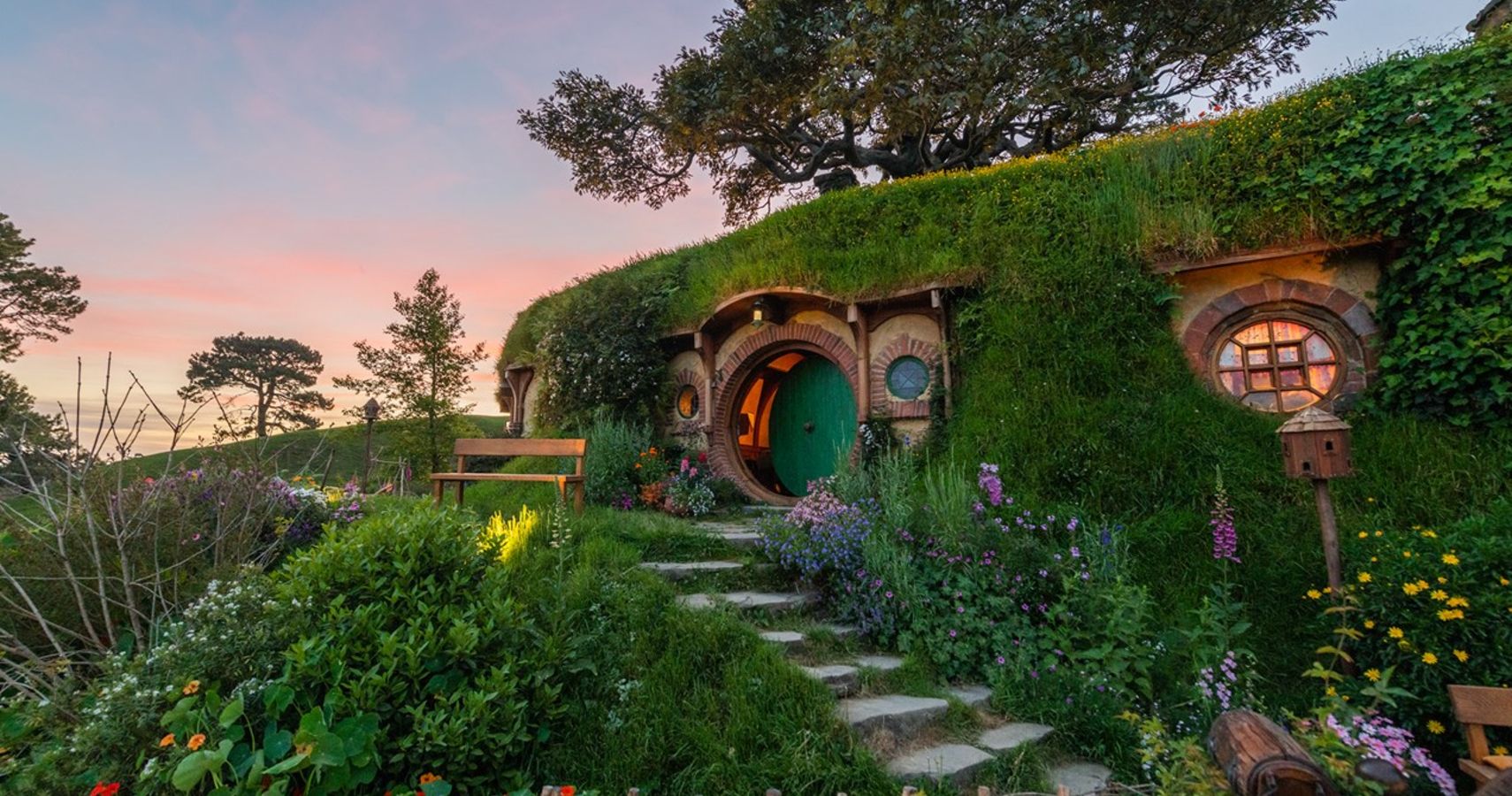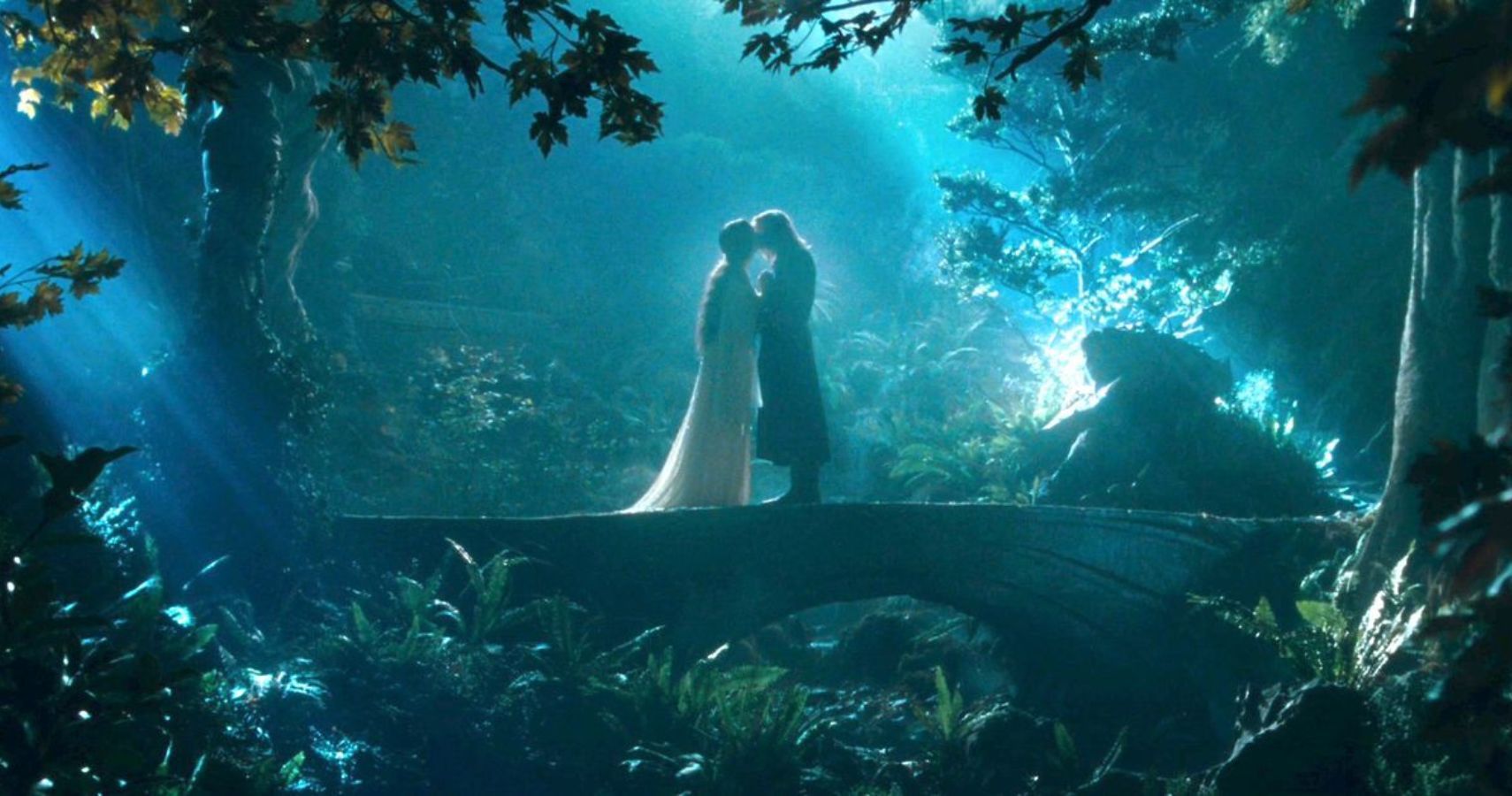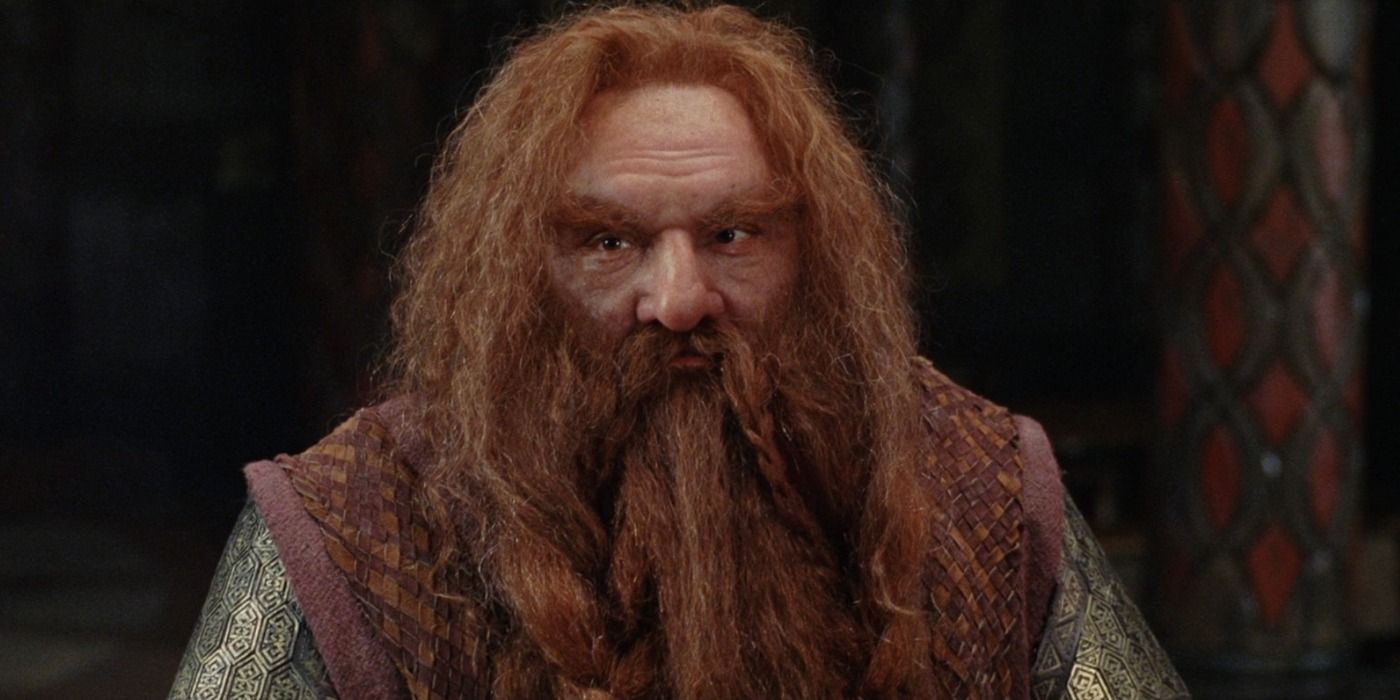I considered trying to write this piece objectively, but in the end I decided that would be dishonest. Ever since I walked into the cinema to see Fellowship of the Ring twenty years ago, it has become a fixture in my life - a nourishing thing to which I constantly return. But I didn’t know that it would be this way when I sat down on that theatre seat. I didn’t know much about Lord of the Rings at all. The hype for Peter Jackson’s adaptation of JRR Tolkien’s seminal work had largely escaped me.
I had read Harry Potter and the onscreen debut for that phenomenon was exciting. But it didn’t grip me in the same way Fellowship did. Why is that? Maybe it’s because too much excitement can actually dull the senses, as if the hype robs the moment of its magic somehow. Whatever the case, the reaction to Harry Potter and The Philosopher’s Stone felt like too much butter spread over too little bread. But when Fellowship of the Ring finally began, in that cinema, something magical happened.
The opening prologue sets the stage. One could not simply watch this prologue and not feel a stirring. Capably narrated by Cate Blanchett as Elven queen Galadriel, the monologue shifted the audience, as if vibrating that side of people which responds to the recognisable beginnings of a story. The ancients knew it well. Let's hear it again:
'The world is changed. I feel it in the water. I feel it in the earth. I smell it in the air. Much that once was, is lost, for none now live, will remember it.'
This is poetic and lyrical. It has a repetition in sentence structure that wordsmiths from folk lyricists to oral storytellers know very well. The prologue echoes the ancient Greek choruses that open their plays and myths, with a recounting of story beats the audience can expect. The next part of the monologue doubles the effect, with a signature way with numbers, rhythm, and patterning that is found in fairy tales, myths, and legends:
'It began with the forging of the Great Rings. Three were given to the Elves, immortal, wisest and fairest of all beings. Seven to the Dwarf-Lords, great miners and craftsmen of the mountain halls. And nine, nine rings were gifted to the race of Men, who above all else desire power.'
But Peter Jackson knew that the script his screenplay co-writers Philippa Boyens and Fran Walsh (and Tolkien) wrote couldn’t carry a movie audience alone, as grand and vivid as those words were. Something visceral was needed. For me it was that moment when Sauron’s fingers are cut by the blade of Isildur and the one ring is split from the enemy’s body. A shockwave bursts forth and flattens the combined armies of Men and Elves. If the monologue put me in that fairytale sense of suspension this shockwave snagged my even more basic senses. Jackson had me in his grip.
There is a reason why Fellowship of the Ring is the greatest of the three movies that form the Lord of the Rings trilogy, and why it has had such a lasting impact on popular culture. Firstly, consider how much this first entry needs to do. It has to establish the premise of the trilogy, show the wider historical and mythological context in which the story takes place; get important characters - Strider, Gollum, Saruman - up and running, all while ensuring audiences are pulled into a narrative in which we care about these characters and their motivations.
That Fellowship not only pulled off this delicate juggling act with efficient aplomb, but also with panache and power, is testament to its greatness. The comparisons to David Lean and Francis Ford Coppola were not misplaced. The first Lord of the Rings movie stands above many other trilogy beginnings, with perhaps only the first Star Wars movie (1977) being its equal.
We have to remember, this was long before the time of Game of Thrones (2011) and Iron Man (2008) which introduced audiences to the concept of a wider universe and characters jawing about things like Infinity Stones and White Walkers. The success of LOTR helped to bring audiences into these series and set up foundations for a wider geekdom. But the strength of Fellowship itself, and the LOTR films in general, also depends on what we see after that prologue.
The bucolic nature of The Shire is vital to everything that follows in the LOTR trilogy. Seeing Frodo lazing with a book in the warmth of a seemingly eternal late summer under a big oak tree is one of the many memorable images Jackson furnished his movie with. The rural scenes, of hobbits tilling fecund fields and frolicking, as Gandalf and Frodo slowly ride his cart towards Bilbo, are timeless and lovely. All of it is anchored by composer Howard Shore’s evocative Shire theme.
It was a masterstroke. Later, as the movie gets progressively darker, and even more so in the sequels, viewers would remember the warmth and happiness of The Shire, recalling the sun and its sweetness when they heard snatches of that delightful theme in the trilogy’s score.
The Fellowship is the only movie where we see the main cast all together: Boromir, Aragorn, Gimli, Legolas, Gandalf the Grey, and the four hobbits. It’s like a buddy movie, with those montages of Middle-earth scenery (New Zealand doing a superb job as its stand-in) and the fact that the Fellowship, like fast friends, are together gives this first movie its special pull. That and the fantastic image making.
There is Arwen and Aragorn’s tryst on the bridge in Rivendell, beautifully lit, as if in a dream. Strider’s iconic and book-accurate introduction in the Prancing Pony in Bree. Boromir’s “the Great Eye is ever watchful” (yes, the meme) at the Council of Elrond. Gandalf’s face-off against the Balrog on the bridge of Khazad-dûm. Surely, Gandalf’s You cannot pass! I am a servant of the Secret Fire, wielder of the Flame of Anor. The Dark Flame will not avail you, Flame of Udun! ranks up there with Blade Runner’s ‘C-beams glittering in the dark’ for compressed poetry? But it has the sci-fi great beat for sheer cinematic power and for pop culture referencing now that plenty of innocuous doorways and bridges has seen amateur Gandalf reenactments.
Twenty years later, the tender scenes of Aragorn comforting a dying Boromir are etched in my memory, even if I chisel them in since I watch the trilogy almost on an annual basis. But Fellowship is the smoothest of the three films and the tightest in terms of narrative structure so it’s easy to be drawn in. It is also the most satisfying since there is so much movement, both in narrative arc and distance travelled. Once we leave The Shire and see the sniffing Black Riders we get the escape to Bree, and after meeting Strider and leading to Weathertop, we have the chase to the waters of the Bruinen, when Arwen calls up the river like a freakin’ boss.
Fellowship is a chase movie, a quest movie, a buddy film, a horror, a good ol’ adventure. The many landscape shots are the best nature documentary. The CGI statues of The Argonath, the architecture of Rivendell, the towering halls of Moria, and the wondrous woodland realm of Lothlorien are equal to anything seen in the Final Fantasy series. The arc of locales just described and the brilliant sense of place that Fellowship established is part of the reason why it is so successful.
I could go on, of course, about the excellent casting, the judicious changes made to Tolkien for the screenplay, but there is no need. The Fellowship of the Ring is the one movie to rule them all. Peter Jackson’s trilogy would lead me to reading The Lord of the Rings over one long summer, a few years later, and the obsession would deepen and lengthen. It is a precious thing.

